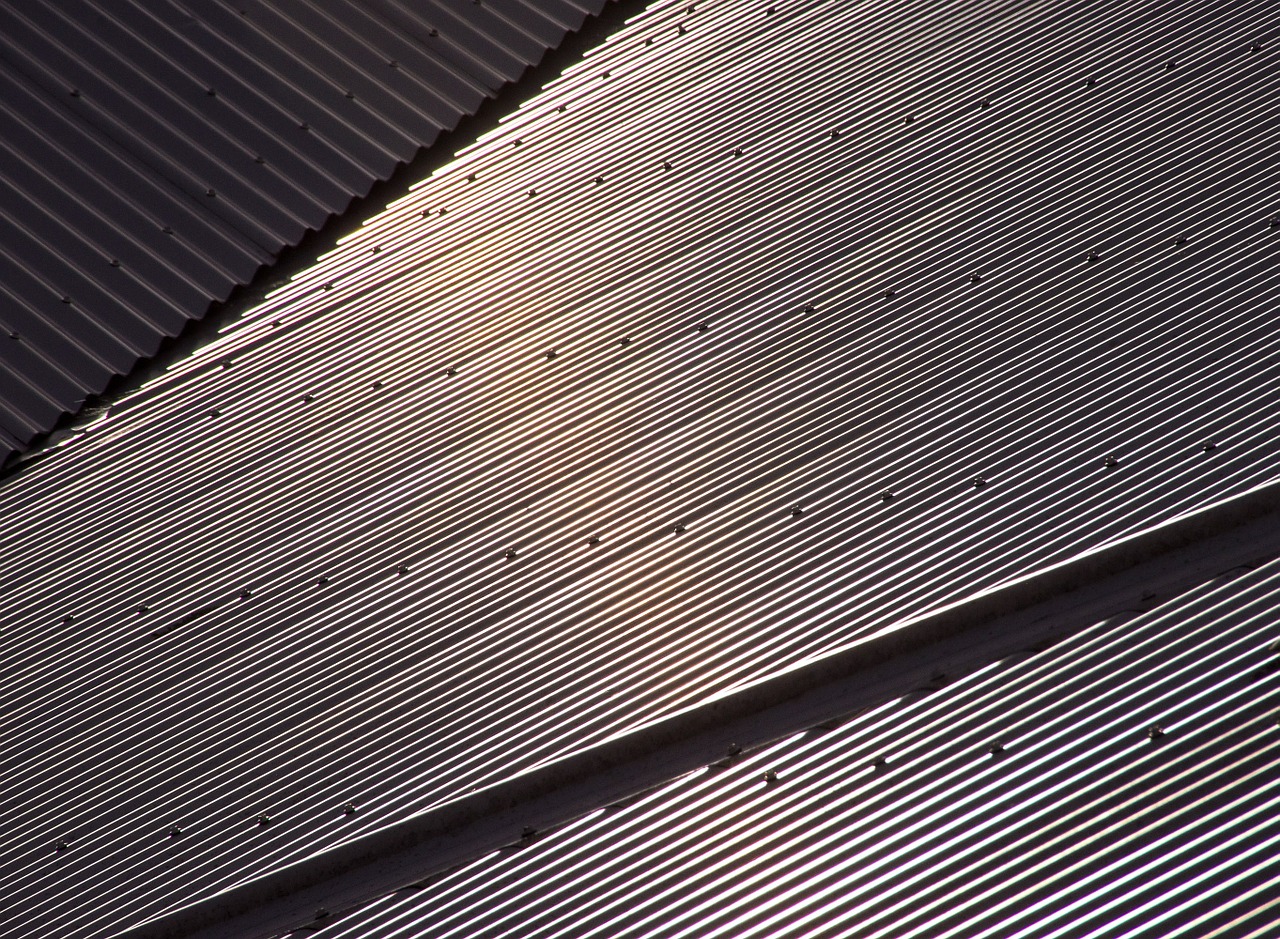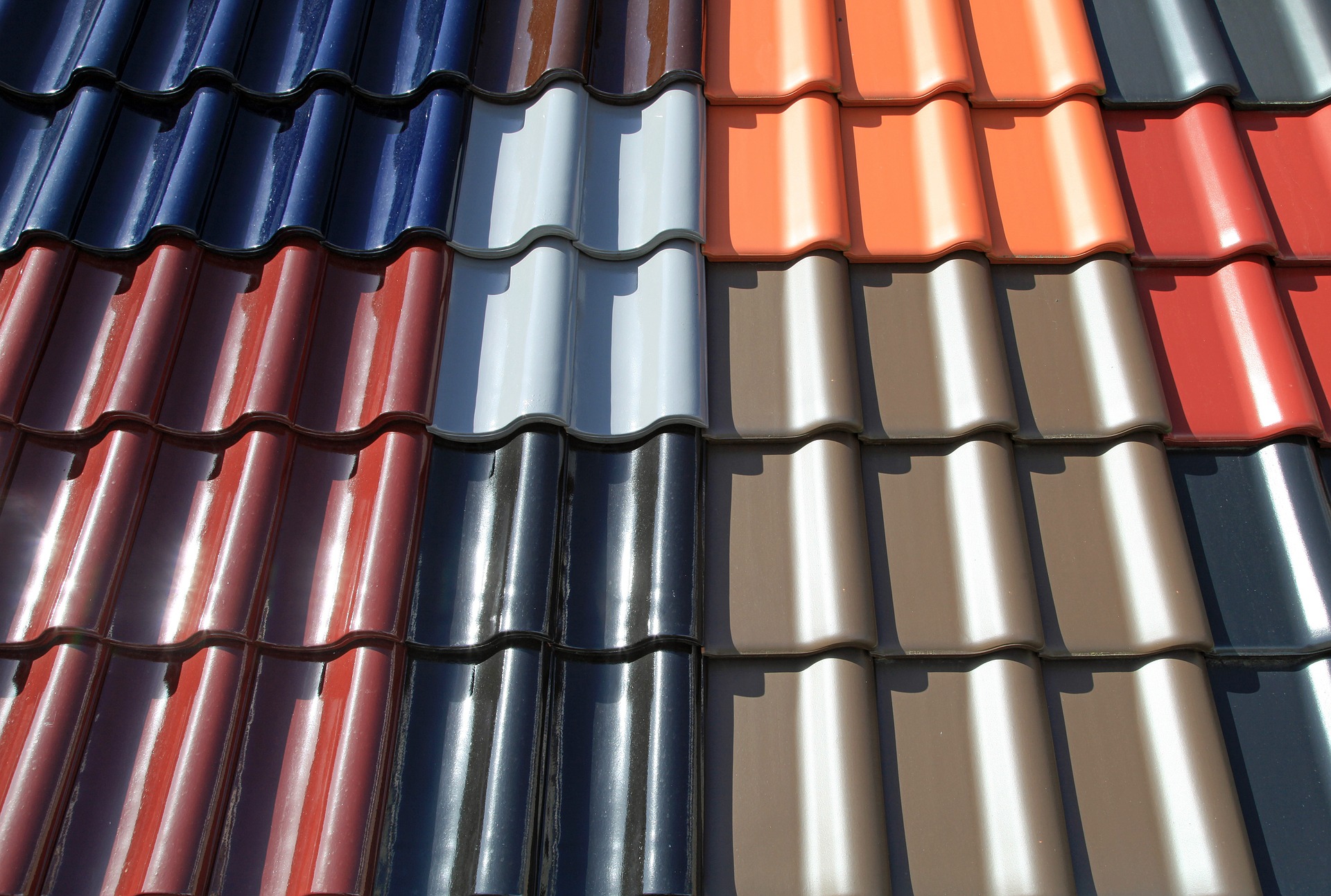Image credit: https://www.ezpzroofing.com/
Whether you’re starting your very first project or you’re a seasoned hobbyist, the world of DIY can be overwhelming. It’s likely you’ll have a lot of questions, like: what’s the difference between Onduline and Coroline? What are the benefits of using a galvanised roofing sheet?
Don’t worry – we’re on hand with our handy guide to get you started. Find out more about the most common types of corrugated roofing and their uses.
Galvanised
Galvanised roofing sheets are a simple and speedy fix – offering enough flexibility to cover projects of all levels – from a DIY project to a much larger commercial job. These roofing sheets have the capacity to cover large areas dependent on the size selected and are often chosen due to their protective attributes and lightweight properties. From a cosmetic point of view, galvanised roofing sheets offer something more traditional. Galvanised roofing sheets are also considered to be very cost effective.
Onduline
Onduline is a branded bituminous corrugated roofing sheeting solution that is renowned for being extremely hard-wearing, insulating and lightweight. The base of Onduline is composed of recycled cellulose fibres, saturated in bitumen. A widely recognised and respected product by professionals around the globe, typical applications of Onduline include stables and agricultural buildings, but the roofing sheets can also be used with sheds and garages too.
Coroline
Coroline corrugated roofing is typically used as a solution by enthusiasts in lower-key DIY applications such as sheds and garages. Coroline is also often used in the building of animal houses due to its resistance to environmental factors, decent sound absorption and good insulation properties. Add into the bargain, its cost effectiveness and it’s not hard to see why it’s a popular solution amongst DIYers.
Polycarbonate
Corrugated polycarbonate roofing offers damage and impact resistance as well as excellent structural durability. These sheets are often selected as a solution in projects requiring roof or side light due to their high light transmission properties and are typically used in projects involving greenhouses, carports and even gazebos and patio canopies.
Types of Corrugated Roofing and their Uses
At eRoofs, we offer many types of corrugated roofing, so that no matter your project or your budget, you’ll never be short of the best materials. To kick off your corrugated roofing project, head on over to eRoofs now!



